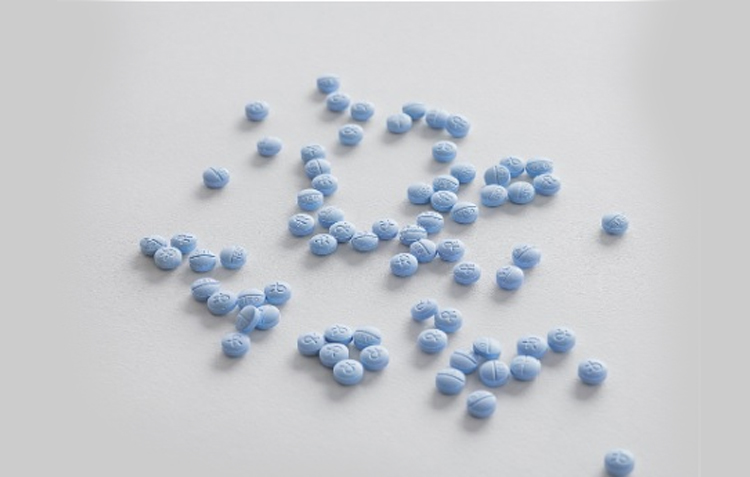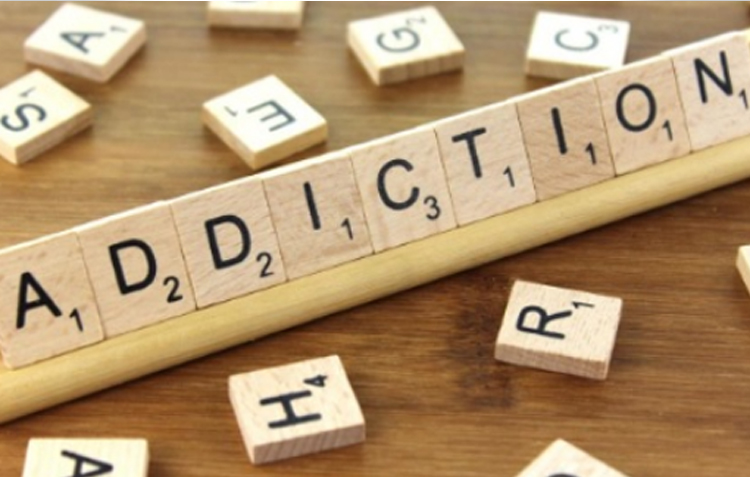- Addiction Treatment
- After Care Programs
- Get loved one into rehab
- Holistic Treatment
- Interventions
- Life After Addiction Treatment
- Outpatient Drug Rehab
- Sober Living Homes
- Addiction Recovery Tips
- What Are Opiates
- Helping Loved One with a Drug Addiction
- 5 Ways To Recover From Drug-Addiction
- Warning Signs Of Pain Killer Addiction
- Buprenorphine
- Drug Addiction
- Pain Killer Abuse
- Opiate Addiction
- 5-Symptoms-Of-Prescription-Drug-Addiction
- Opiate Addiction Statistics
- Opioid Dependence
- Prescription Drug Abuse Statistics
- Warning Signs Of Prescription Drug Addiction
- Oxycontin Addiction
- Pain Killer Addiction
- Percocet Addiction
- Prescription Drug Addiction
- Hydrocodone Addiction
- Morphine Addiction
- Effects of Drug Addiction
- Signs & Symptoms of Drug Addiction
- Drug Addiction Treatment Act
- Vicodin Addiction
- Drug Detox
- What Is Drug Detox
- Codeine Detox
- Heroin Detox
- Opiate Detox
- Lorcet Detox
- Inpatient drug detox
- Fentanyl Detox
- Medical Drug Detox
- Oxycodone Detox
- Oxycontin Withdrawal What To Expect
- Morphine Detox
- Morphine Withdrawal
- Vicodin Detox
- Painkiller Withdrawal
- Percocet Detox
- Rapid Opiate Detox
- Opiate Withdrawal
- Prescription Drug Detox
- Drug Treatment
- Doctor’s Note
- About Us
- Suboxone FAQ
- How do you get a prescription for buprenorphine?
- How much does Suboxone cost?
- How to Find Suboxone Doctor Near me?
- What are the stages of change in recovery for addiction?
- What happens when you come out of rehab?
- What happens after drug and alcohol rehab?
- How Long Will It Take to Complete Suboxone Treatment?
- What Is the Best Time of Day to Take Suboxone?
- How to Get Prescribed Suboxone for Free?
- What is an adverse reaction for Suboxone?
- How to Get Suboxone Without Insurance
- Difference Between SUBOXONE® and Buprenorphine?
- Are You Sober on Suboxone? Yes & Here Is Why
- Is Suboxone used to treat depression?
- What is the most common method of payment for buprenorphine treatment?
- What are the special precautions of buprenorphine?
- What Is The Death Rate Of Buprenorphine?
- Can I prescribe buprenorphine for chronic pain?
- What is Opioid Therapy Used For?
- What is the best treatment for opioid use disorder?
- What are the special precautions of buprenorphine?
- How to Get Suboxone Without Insurance
- What is the most common method of payment for buprenorphine treatment?
- Are You Sober on Suboxone? Yes & Here Is Why
- What Happens If I Miss A Day/Dose Of Suboxone?
- What Are Suboxone Withdrawal Symptoms?
- Can Suboxone Be Used to Treat Drug & Alcohol Addiction?
- What drugs are classified as opioids?
- Insurance Coverage for Medication-Assisted Treatment (MAT)
- Contact Us
3 Myths About How Suboxone Clinics & Treatment Centers Operate
Suboxone, an assortment medication comprising buprenorphine and naloxone, is one of the central medications used to deal with opioid addiction. Utilizing ‘medications for opioid use disorder’ is recognized as MOUD. Use of MOUD has been indicated to lower the danger of disastrous overdoses by roughly fifty percent. It also curtails the danger of nonfatal overdoses which are traumatic and medically hazardous.
Suboxone functions by tightly attaching to the same receptors in the brain as other drugs, such as morphine, heroin, and oxycodone. By doing so, it blunts intemperance with these other prescriptions, it deters cravings, and it enables many people to transition back from a life of dependence to a life of safety and normalcy.
A crucial goal of many proponents is to make entrance to Suboxone much more widely accessible, so that people who are addicted to drugs can readily permit it. Decent places to commence are in the emergency office and in the major care doctor’s bureau. More suboxone doctor need to come to be “waived” to specify this medication, which expects some training and a special license.
The huge majority of doctors, addiction specialists, and proponents agree: Suboxone protects lives. The U.S. Government has recently been lightening up on the regulations needed for nurses and doctors to “get waived” in a serious endeavor to improve the availability of Suboxone prescribers, as the quantity of opioid casualties keeps rising.
Unfortunately, within the dependence community and among the public at large, specific myths about addiction persist, and these beliefs add an additional barrier to medication for people undergoing opiate addiction.

You are not really healing if you are on Suboxone
Reality: While it relies on how you define “recovery,” the circa 1930’s period AA-influenced abstinence-based prototypes that have affected the past century of dependence care are commonly lending way to more modern beliefs of recovery that comprise the use of treatments such as Suboxone that enable govern your brain chemistry. As dependence is increasingly glimpsed as a medical circumstance. Suboxone clinics is glimpsed as a prescription for a chronic condition, identical to a person with type 1 diabetes requiring to take insulin. To tell that you are not really healing if you are on Suboxone is stigmatizing to people who take Suboxone, and it is not the medical truth of beneficial addiction treatment.
People repeatedly misuse Suboxone
Reality: Suboxone, like any drug, and many other treatments, can be misused. However, because it is only a “partial” agonist of the major opiate receptor (the “mu” receptor), it results in much less joy than the other drugs such as heroin and oxycodone. In many circumstances, people may utilize Suboxone (or “misuse” it, if that is interpreted as using it illegally) to enable themselves to govern their departure, or even to get themselves off fentanyl or heroin. If Suboxone were more accessible to those who require it, they would not have to self-treat. We are, in consequence, accusing the victims here.
It is simple to overdose on Suboxone as it is to overdose with additional opiates
Reality: It is difficult to overdose on Suboxone independently. It is much harder to overdose on Suboxone correlated to other opiates, because Suboxone for pain only a one-sided opiate receptor agonist, so there is a built-in “ceiling” consequence. This implies there is a restriction to how much the opioid receptors can be generated by Suboxone, so there is not as tremendous a risk of slowed breathing correlated with powerful opiates such as oxycodone, heroin, or morphine. When people overdose on Suboxone, it is nearly always because they are mixing it with sedatives such as benzodiazepines, treatments that also cause sluggish breathing.

Suboxone treatment centers are not a medication for addiction if you are not getting treatment along with it. Ideally, dependency treatment should comprise MOUD as well as treatment, healing coaching, support groups, housing employment, and employment assistance. But that does not imply that one element, in the scarcity of all of the others, does not comprise valid medication for addiction. Nowadays, about ten to twenty percent of people with opioid use disorder are receiving anything that authorizes as sufficient treatment for their disorder, due to drawbacks in our healthcare system and deficits in qualified providers. So, while mixture treatment is an honorable goal, it is unrealistic to anticipate that everyone with an addiction will obtain all the facets of therapy that they require, particularly if you add in that many people who undergo addiction frequently also lack access to normal healthcare and health insurance. Additionally, suboxone treatment alone, without treatment, has been substantiated to be beneficial. But it can be even more beneficial if incorporated with extra support, such as therapy, healing coaching, etc.
Conclusion
One of the major obstacles to getting life saving medication for addiction is the humiliation people face. Fortunately, our society’s understanding is gradually starting to transform away from an old view of dependence as a moral failing, toward a more practical, humane belief of dependence as a complex disorder that requires to be dealt with with compassion, as well as contemporary medical care. Eradicating myths and misinformation about dependence, and superseding them with up-to-date, evidence-based medications, is a significant step in the development and modification of addiction treatment
Articles
How to find Online Suboxone Doctors that Accept MedicaidLocating a Skilled Suboxone Doctor Near You: A Comprehensive GuideUnveiling the Grip of OxyContin: A Comprehensive Guide to Overcoming AddictionNavigating Addiction Recovery with Buprenorphine TreatmentDual Diagnosis: Addressing Co-Occurring Mental Health Disorders in Substance Abuse Treatment
